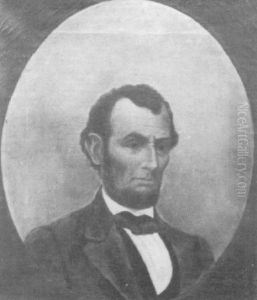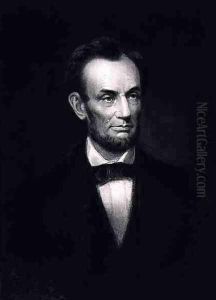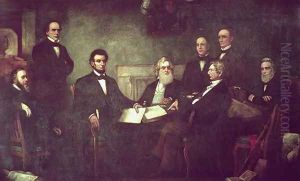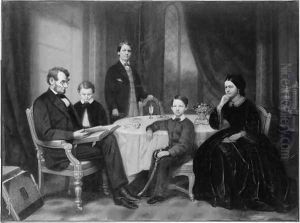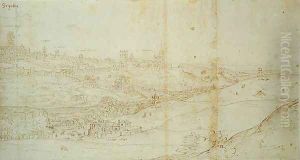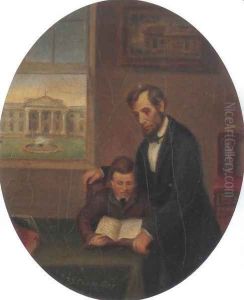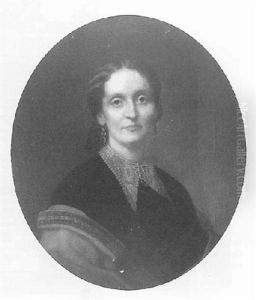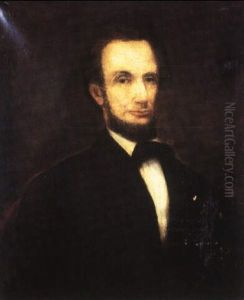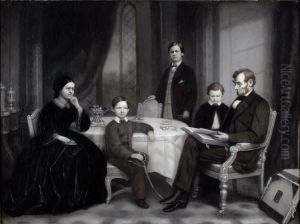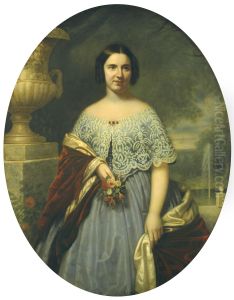Francis Bicknell Carpenter Paintings
Francis Bicknell Carpenter was an American painter born on August 6, 1830, in Homer, New York. He is best known for his work capturing the political and social figures of his time, most notably for his painting 'The First Reading of the Emancipation Proclamation before the Cabinet,' which features President Abraham Lincoln in the setting of the White House.
Carpenter began his artistic career studying under the well-known portraitist and historical painter Samuel F.B. Morse, who is also credited with the invention of the Morse code. Under Morse's tutelage, Carpenter developed his skills in portraiture, which would become central to his artistic legacy.
His career took on historical significance when he conceived the idea for what would become his most famous work, the painting depicting the first reading of the Emancipation Proclamation. In order to create this work, Carpenter moved into the White House in 1864 and lived there for six months, during which time he had direct access to President Lincoln and his Cabinet. This unprecedented arrangement allowed him to observe his subjects and capture the nuances of their personalities and interactions.
Carpenter's painting was completed in 1864 and was first displayed at the U.S. Capitol. It was widely praised for its lifelike depictions of the individuals involved and its powerful representation of a pivotal moment in American history. Carpenter toured with the painting and gave lectures about it, which increased his reputation and solidified his role as a chronicler of the American political landscape.
Beyond his most famous painting, Carpenter also created portraits of other prominent figures of his time, including several congressmen, senators, and other political leaders. His work is characteristic of the mid-19th-century American style, focusing on realism and the accurate portrayal of his subjects.
Francis Bicknell Carpenter passed away on May 23, 1900, in Malden-on-Hudson, New York. His legacy is largely associated with his historical painting of the Emancipation Proclamation, which remains an important cultural artifact of the Civil War era and is held in high esteem for its artistic and historical significance. The painting itself is housed in the United States Capitol building, serving as a reminder of the momentous occasion it represents and the artistic skill of its creator.
